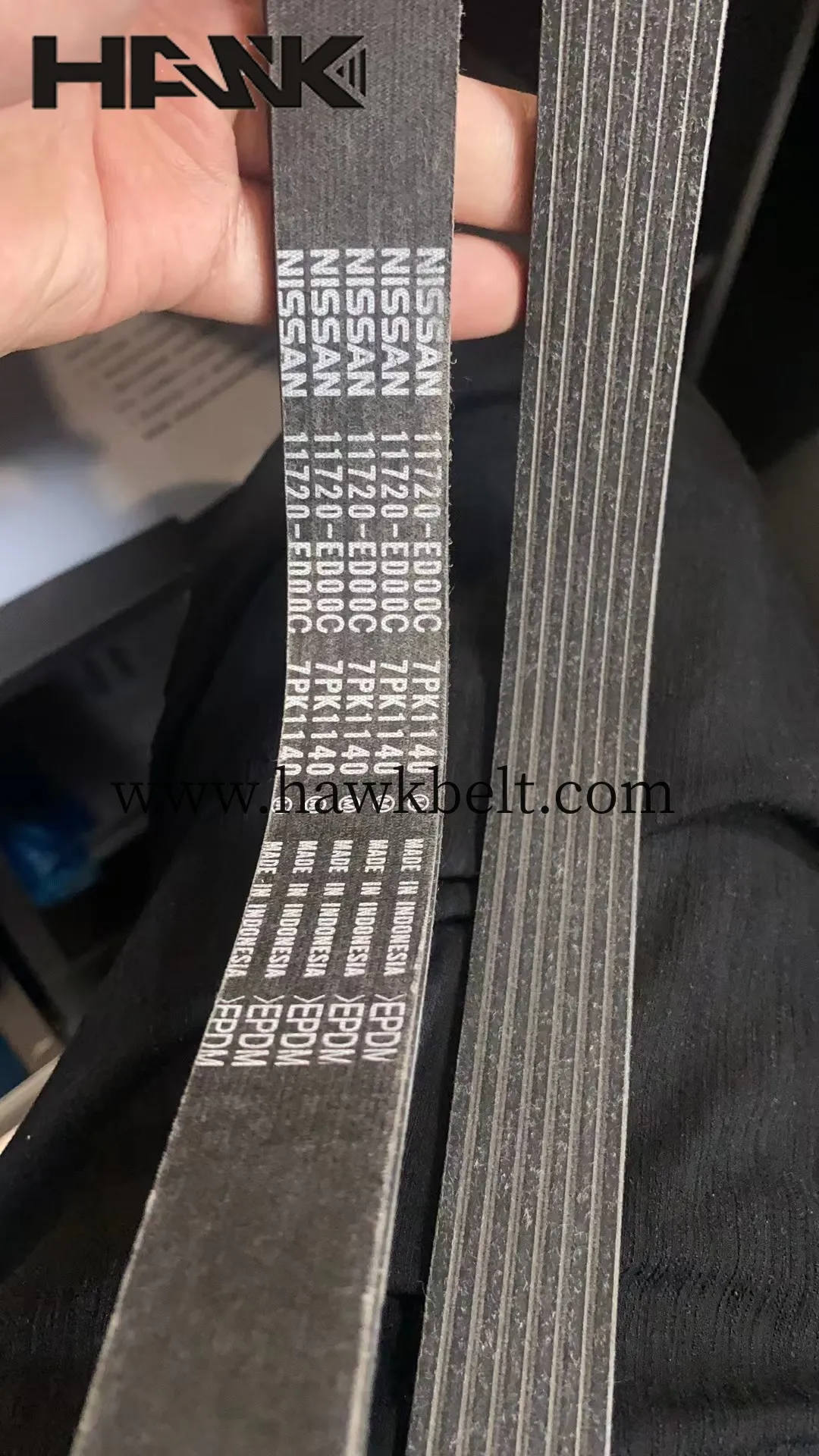- Arabic
- French
- Russian
- Spanish
- Portuguese
- Turkish
- Armenian
- English
- Albanian
- Amharic
- Azerbaijani
- Basque
- Belarusian
- Bengali
- Bosnian
- Bulgarian
- Catalan
- Cebuano
- Corsican
- Croatian
- Czech
- Danish
- Dutch
- Afrikaans
- Esperanto
- Estonian
- Finnish
- Frisian
- Galician
- Georgian
- German
- Greek
- Gujarati
- Haitian Creole
- hausa
- hawaiian
- Hebrew
- Hindi
- Miao
- Hungarian
- Icelandic
- igbo
- Indonesian
- irish
- Italian
- Japanese
- Javanese
- Kannada
- kazakh
- Khmer
- Rwandese
- Korean
- Kurdish
- Kyrgyz
- Lao
- Latin
- Latvian
- Lithuanian
- Luxembourgish
- Macedonian
- Malgashi
- Malay
- Malayalam
- Maltese
- Maori
- Marathi
- Mongolian
- Myanmar
- Nepali
- Norwegian
- Norwegian
- Occitan
- Pashto
- Persian
- Polish
- Punjabi
- Romanian
- Samoan
- Scottish Gaelic
- Serbian
- Sesotho
- Shona
- Sindhi
- Sinhala
- Slovak
- Slovenian
- Somali
- Sundanese
- Swahili
- Swedish
- Tagalog
- Tajik
- Tamil
- Tatar
- Telugu
- Thai
- Turkmen
- Ukrainian
- Urdu
- Uighur
- Uzbek
- Vietnamese
- Welsh
- Bantu
- Yiddish
- Yoruba
- Zulu
Jun . 19, 2024 11:59 Back to list
What is that fan belt noise?
What is that fan belt noise?
If you start up your car and the sound of your engine is overtaken by a high-pitched squeal, you might have a squeaky fan belt.
Fan belts should work smoothly and silently, so if you can hear them protesting, that’s a sign something’s up. Let’s take a look into what fan belts do, and why it’s important to make sure your car’s belt is in good working order.
Noisy fan belt? What it could mean
Fan belts are made to withstand a lot of wear, but they tend to stretch over time due to their rubber outer layer. There are a few warning signs to catch your fan belt before it breaks:
- Squeaking fan belt: A squeaking or chirping noise is caused by misalignment of the belt and the pulley. You need to loosen it and realign it to stop the noise.
- Fan belt squealing: If your belt is squealing, it’s likely that it’s slipping. This happens as the rubber degrades over time or it loses tension so it’s best to replace it.
- Flickering headlights: If you notice your headlights flickering as well, it could be because the slipping fan belt isn’t working well enough to reliably power the alternator, which could result in power fluctuations.
- Cracks: The average fan belt lasts about 4 years, and will show cracks towards the end of its life. Give the belt a physical inspection to see if there’s any cracks or fraying at the edges.
If you leave it too long, your fan belt will eventually break. This is bad news for your car.
PK Belt 3PK675 For Hyundai 57170-2D101
What does a broken fan belt sound like?
Broken fan belts won’t make a noise after they initially fail, and will have fallen off of your vehicle. If you hear a loud sudden noise and experience a change in driveability such as heavy steering, it’s a potential indicator that you’re power steering belt has snapped!
If you suspect it’s merely a loose fan belt, you can easily check it by making a straight edge on the belt between the pulleys. Push down on the centre of the belt as far as you can, and measure the distance between the lowest point and the straight edge. You can check this against your owner’s manual to see if it’s loose, and if it is you’ll need to get it tightened.
You can do this yourself, but it can be a bit tricky to get it right and it’s easy to bring it in for a service. Too loose and you haven’t fixed the problem, too tight risks putting stress on the bearings and snapping the belt.
What is a fan belt?
If you’ve got an older car, chances are it has a fan belt. Unlike more modern cars, which tend to have a single belt to run all the accessories, older cars have a dedicated belt for each.
The fan belt is the thin rubber belt with internal steel reinforcements that drives the radiator fan in the engine and or additional ancillary components. It connects the fan to the crankshaft via a pulley, so when the crankshaft turns, so does the fan. It’s common for the belt to also connect to the alternator.
This setup was used in cars built pre-1990, when radiator fans weren’t driven electronically, but mechanically. There were also other belts that ran separately to power other accessories. Nowadays, cars use what’s known as a ‘serpentine belt’, which is a long belt that runs all the accessories at once, with radiator fans now running on an electric motor in a shroud assembly attached directly to the radiator. Some use these terms interchangeably, however there is a distinct difference between the two.
What does a fan belt do?
The fan belt ensures that the radiator fan keeps spinning so that your car doesn’t overheat. This is only one part of the cooling system, but it’s important to have it in good working order so that your car doesn’t overheat. A noisy fan belt is annoying, but much less so than an overheated car at the side of the road and a big repair bill to boot!
-
Korean Auto Parts Timing Belt 24312-37500 For Hyundai/Kia
NewsMar.07,2025
-
7PK2300 90916-T2024 RIBBED BELT POLY V BELT PK BELT
NewsMar.07,2025
-
Chinese Auto Belt Factory 310-2M-22 For BMW/Mercedes-Benz
NewsMar.07,2025
-
Chinese Auto Belt Factory 310-2M-22 For BMW/Mercedes-Benz
NewsMar.07,2025
-
90916-02660 PK Belt 6PK1680 For Toyota
NewsMar.07,2025
-
drive belt serpentine belt
NewsMar.07,2025


